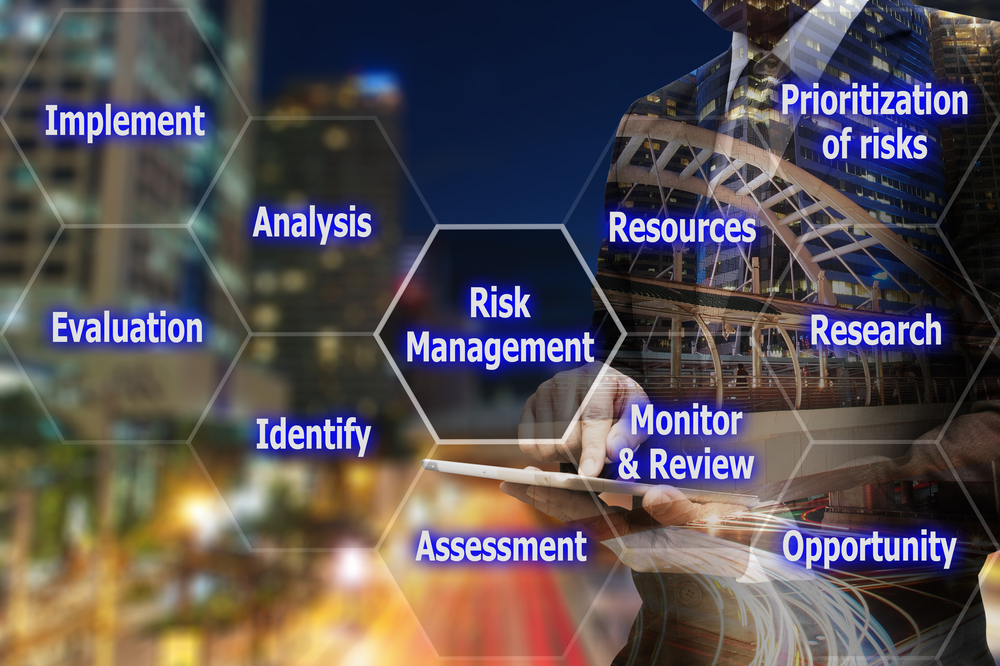Why QRM is Essential for a Robust Risk Management Strategy in 2025

In today’s unpredictable world, effective risk management is not an option, it’s super essential. By proactively addressing risk, both organizations and individual can protect their valuables. QRM is used to manage the flows of knowledge during development so that we can get there more efficiently and with a greater cost effectiveness. Enjoying these benefits does, however, require an investment in this systematic approach to knowledge management starting very early in development.
Why is QRM Needed in 2025?
QRM is used to manage the flows of knowledge during development so that we can get there more efficiently and with a greater cost effectiveness. To build a risk management strategy and take control over process and product risks during the product life cycle, it is important to understand the elements of QRM, specifically, when they are in focus, and the type and quantity of knowledge that they generate. To ensure this happens, an organization must have both a common understanding of how to use these elements, and why they are important in daily work.
5 Robust Quality Risk Management Strategy
A risk management framework provides a structured approach for organizations to identify, assess, and mitigate risks effectively. Understanding its key components is essential for implementing robust risk management practices. Here are the top five Robust Quality Risk Management Strategies one can implement to ensure quality risk management-
1. Risk Identification– The first step in the risk management framework is identifying potential risks that could impact the organization’s objectives. Key components of risk identification are the identification of the causes and source of the risk (hazard in the context of physical harm), events, situations or circumstances which could have a material and natural impact upon objectives. Once identified, existing controls for the risk should also be identified.
2. Risk Assessment– Once risks are identified, they are assessed based on their likelihood and potential impact. Risk assessment involves evaluating the probability of occurrence and the severity of consequences associated with each risk to prioritize them for further analysis and mitigation.
3. Risk Mitigation– After assessing risks, organizations develop strategies to mitigate or control them. This may involve implementing preventive measures, transferring risk through insurance or contracts, or accepting certain risks based on their likelihood and impact. Appropriate QRM risk mitigation involves determining potential risks to a project, such as team revenue, product failure, and scope creep and then implementing strategies to reduce or eliminate the risk.
4. Risk Monitoring and Control- Risk management is a continuous process that necessitates monitoring and control. Organizations establish mechanisms to track changes in risk factors, monitor the effectiveness of mitigation measures, and adjust strategies as needed to address emerging risks. The process control strategy is born from the process knowledge. In the process control strategy, the critical points, the SOPs, the worker training, and the monitoring program necessary to achieve the product specifications are defined. These then become the prerequisites for process validation.
5. Risk Communication– Effective risk communication is essential for ensuring stakeholders understand the organization’s risk exposure and mitigation efforts. Communication is always a challenge during a disaster, in part because it is more art than science. Crisis and emergency risk communication is the effort by experts to provide information to allow an individual, stakeholder, or an entire community ‘to make the best possible decisions about their businesses and help people ultimately to accept the situation during the crisis.
How is Risk Management Evaluated?
Evaluating risk management involves a systematic approach that includes identifying, assessing, mitigating, reviewing, and communicating risks. By following these steps, organizations can better prepare for uncertainties and protect their assets and interests-
- The evaluation of risk management begins with identifying potential risks. This involves analyzing various factors that could impact the organization, such as financial uncertainties, legal liabilities, technological changes, and natural disasters. After identifying risks, they are evaluated based on the likelihood of an event occurring and the potential impact it could have on the organization.
- Next, organizations prioritize these risks. This prioritization helps in focusing resources on the most significant threats. A common method used in this stage is a risk matrix, which visually represents risks based on their severity and probability. This allows decision makers to see which risks require immediate attention and which can be monitored over time.
- After prioritization, organizations develop strategies to mitigate these risks. This may include creating new policies, investing in technology, or offering training to employees.
- The effectiveness of these strategies is then evaluated through performance metrics. Organizations may track incidents, measure compliance with risk management policies, and assess the overall impact on business objectives.
- Regular reviews are essential in the evaluation process. Risk management is not a one-time task. It requires continuous monitoring and adjustment. Organizations often conduct audits and assessments to ensure that their risk management strategies remain just as effective and relevant in a changing environment.
- The method of reducing risk to an acceptable level should be proportionate to the significance of the risk. Risk reduction activities may be incorporated in protocol study design and implementation, monitoring plans, agreements between parties, defining rules and responsibilities, systematic safeguards to ensure adherence to SOPs and training.
- To define the tolerance limits is a quite tricky part of quality risk management. Which might become very subjective depending on the people who decide about these tolerance limits. If we involve control freaks who don’t like risk, who are scared of any deviations (as they want everything to work perfectly) and nobody can blame them for losing control, then these tolerance limits might be very low. That means the whole advantage of quality risk management might get lost.
- On the other hand, if we involve only people who never see a problem, who think everything will work well if we really believe in it, or if we work hard for it, the tolerance limits might be too high. This belongs to the startup founder personality, which can reduce the risk within clinical trials.
- Finally, communication plays a key role in the evaluation of risk management. Stakeholders, including employees, management, and external partners, need to be informed about risks and the measures in place to address them. This transparency fosters a culture of awareness and preparedness throughout the organization.
Hence, each step is a way to manage potential risks that could disrupt your journey. Similarly, organizations approach risk management with a structured evaluation process is to ensure they can navigate uncertainties effectively.
Conclusion
In the financial world, risk management is the process of identification, analysis, and acceptance or mitigation of uncertainty in investment decisions. Essentially, risk management occurs when an investor or fund manager analyzes and attempts to quantify the potential for losses in an investment, and then takes the appropriate action given the fund’s investment targets and risk tolerance. A robust quality risk management strategy encompasses these key components to enable organizations to proactively identify, assess, mitigate and communicate risks effectively, enhancing resilience and supporting long-term success.


